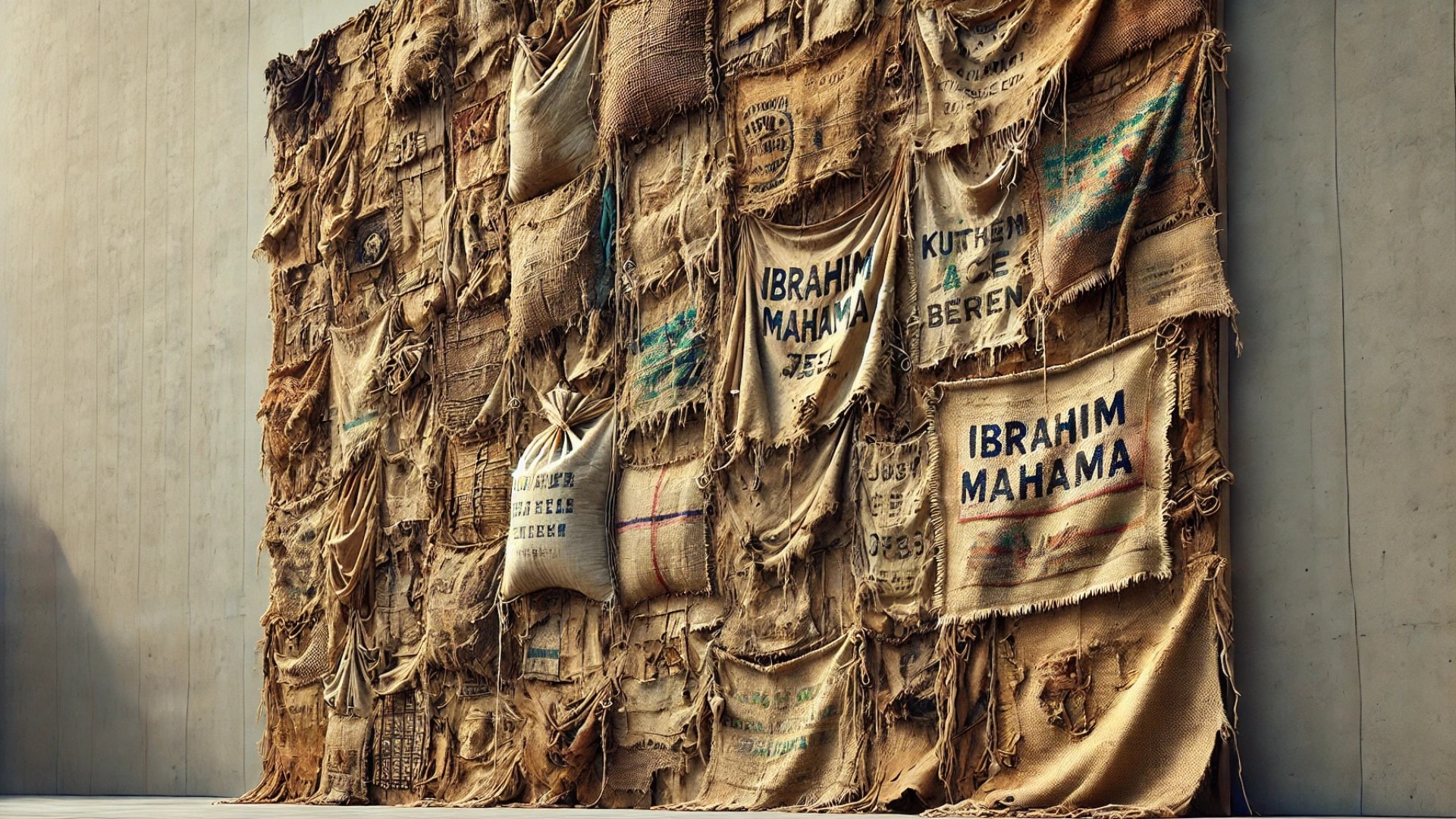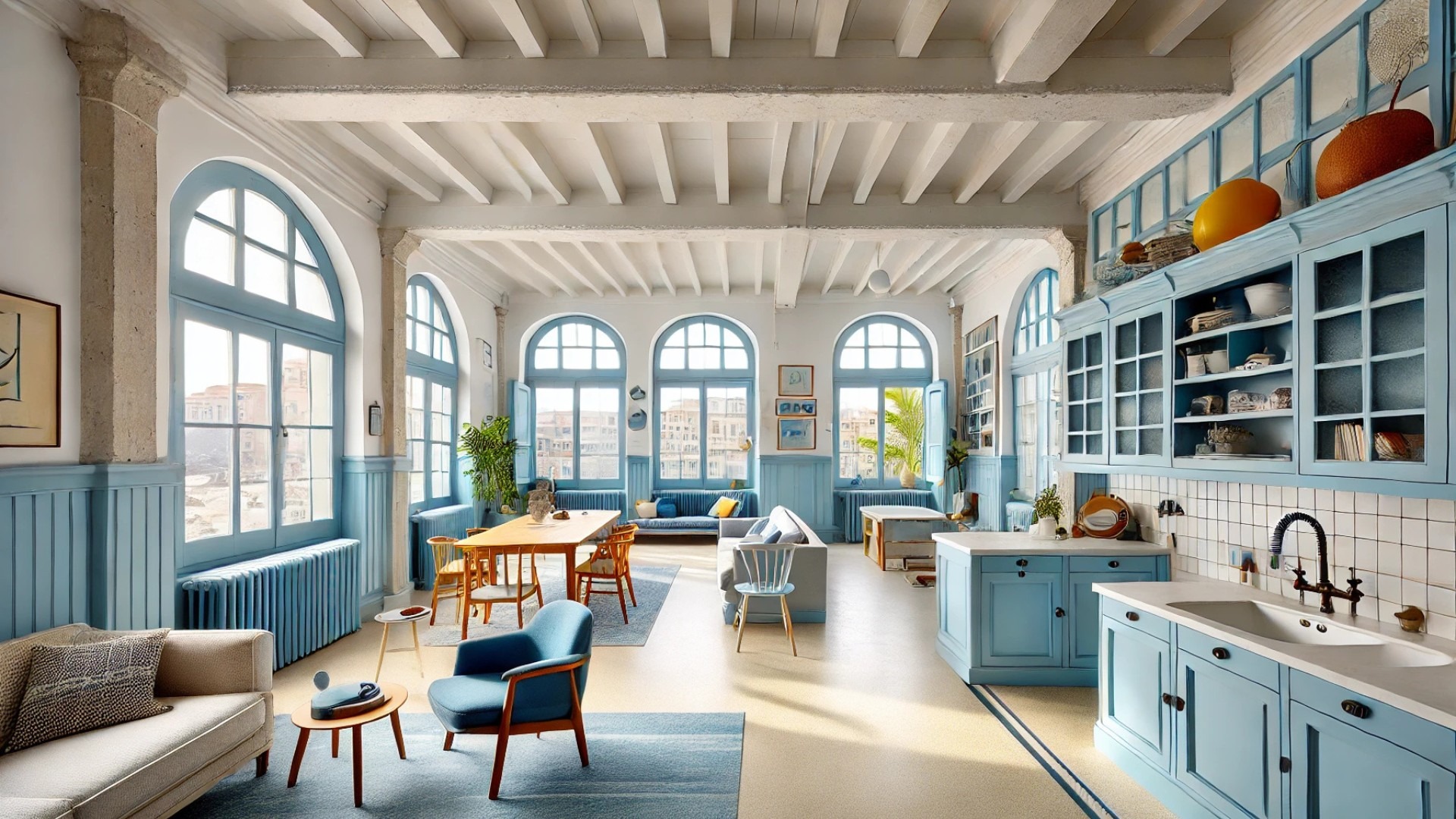
Unveiling Ibrahim Mahama's Jute Sack Veil at Kunsthalle Bern
Ibrahim Mahama has set a new tone for the renowned Kunsthalle Bern with his striking jute sack veil, a monumental piece that embodies a dialogue about labor, trade, and history. This installation marks both the gallery's reopening and a significant shift in its curatorial approach, echoing the century-old history of the site while bringing contemporary issues to the forefront.
Transforming Architecture into a Canvas for Storytelling
The jute sack veil drapes around the Kunsthalle, transforming its exterior into a textured tapestry. With its earthy tones and rough presence, it serves as a physical representation of historical narratives intertwined with colonial legacies and economic shifts. The jute sack, a tool of trade and transport in Mahama's native Ghana, holds profound significance as it's not just an aesthetic choice; it symbolizes the intricate web of relationships between nations and people.
Labor, Value, and Power: The Weight of History
Mahama's installation invites viewers to question the current flows of labor, value, and power that shape global narratives. Each sack carries a weight of stories—from cocoa transport in Ghana to its recycling for various purposes. By using these materials, Mahama underscores a collective history that complicates our understanding of trade, reminding us that art holds a mirror to societal structures.
A Shift in the Institutional Paradigm
The Kunsthalle itself is undergoing a transformation, embracing radical changes under the directorship of iLiana Fokianaki. This project is less about closure and more about reflection, as both the art and the institution seek to engage with social and ecological responsibilities in today's context. The term 'fermentation' aptly characterizes this evolving mission—one that seeks to cultivate inclusivity and accessibility.
An Opportunity for Reflection and Critical Engagement
As audiences approach this installation, they are encouraged to reflect on how institutions convey legacies of power. The jute sack veil not only answers questions regarding labor and commerce but opens up conversations about collective identities forged through shared histories. Mahama's piece serves as both a critique and an invitation to engage with the narratives that institutions propagate.
The Elegance in Timeless Design
While the jute sack veil may initially appear crude, its beauty lies in its imperfections, echoing Mahama’s intention to elevate everyday objects into the realm of art. It encourages a reexamination of how we interact with materials and labor—including those that often remain unseen. For property owners and design enthusiasts who value craftsmanship and aesthetic depth, Mahama's work showcases that elegance can emerge from the raw and the overlooked.
The installation will be on view until June 1st, providing ample opportunity to witness how art can provoke thought and inspire discussion. To truly appreciate Mahama's jute sack veil, one must engage not just visually but intellectually and emotionally with the layers of meaning behind it.
As the Kunsthalle Bern moves toward a future rich with promise and inclusivity, the jute sack veil stands as a powerful testament to the evolution of art's role in society—one that asks us all to reflect on our history and the craftsmanship involved in shaping our present.
 Add Row
Add Row  Add
Add 

 Add Row
Add Row  Add Element
Add Element 




Write A Comment